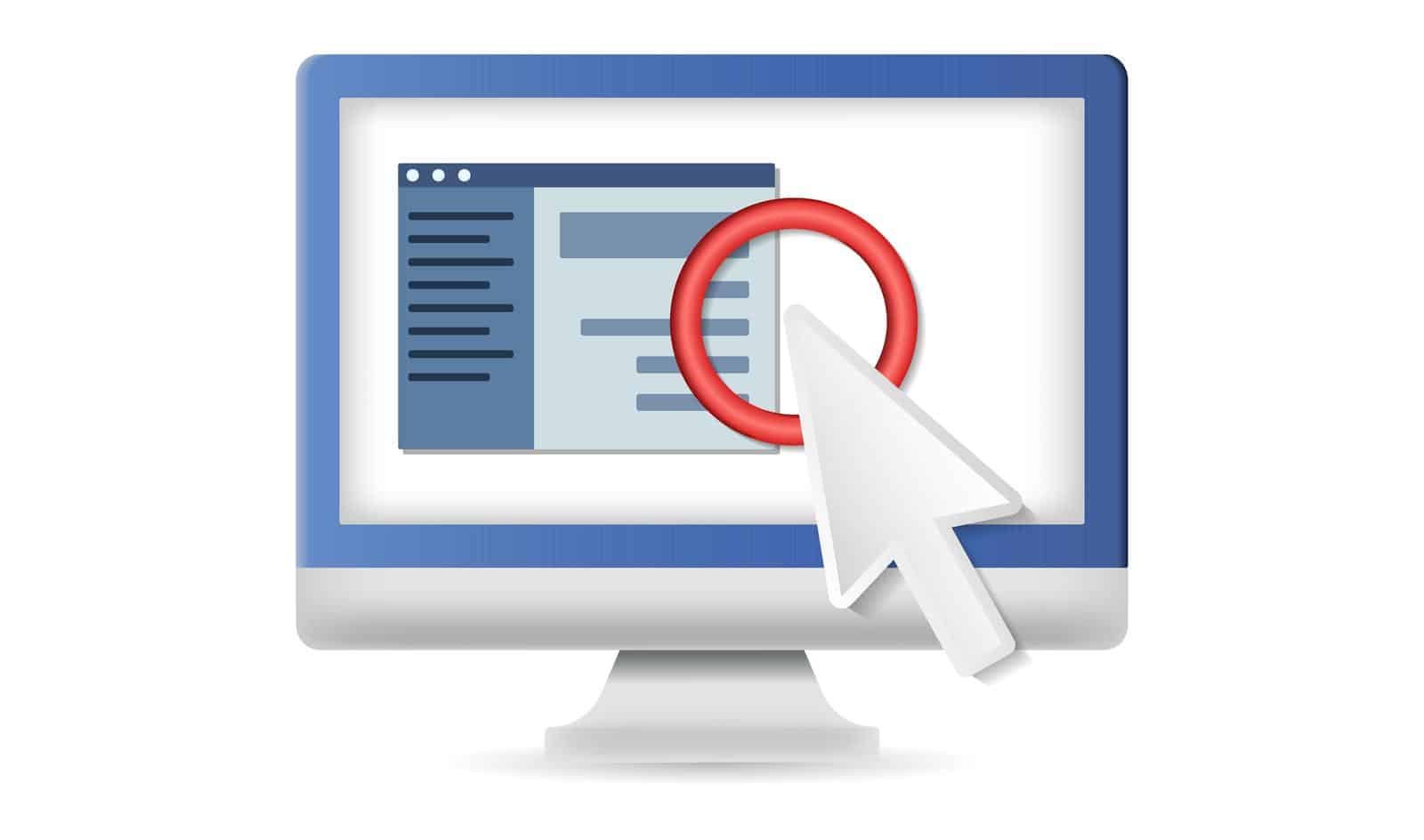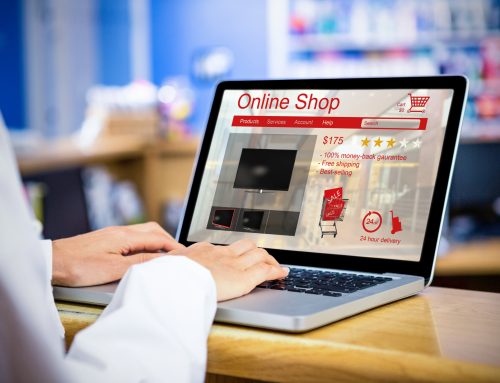Landing Pages Best Practices (2023)
Overview
Are you tired of investing time and money into creating one landing page after another, only to find out that none of them are performing as well as you had hoped?
If so, you’re not alone.
Creating an effective landing page is no easy feat. In order to maximize conversions from each visitor who lands on your page, it’s essential to understand what works best when it comes to design, layout and content.
But where do you start?
In this blog post we’ll look at some of the key best practices for creating high-converting landing pages.
By taking a few simple steps and following our expert advice, you can ensure that visitors stay on your site instead of bouncing away in search of a better offer elsewhere!
What Are Landing Pages?
Landing pages are standalone web pages that are created with the sole purpose of capturing leads.
They can be used to present information about a product or service, and typically consist of an engaging headline, persuasive copy, an opt-in form, and a call to action.
When done well, landing pages are often the difference between converting prospects into customers or losing them before they’ve had a chance to learn more about your offer.
That’s why it’s important to understand best practices for creating effective landing pages that will bring you maximum results.
Why Do You Need a Landing Page?
Generally, the goal of a landing page is to capture visitors’ contact information in exchange for some kind of offer.
This could be an eBook, a discount coupon or even just entry into a draw.
Having separate landing pages is important because they act as standalone entities on your website and they allow you to deliver targeted messaging and offers based on the visitor’s demographic or interest.
Also by having multiple landing pages you can test different elements such as design, content, copywriting, etc., which can improve your overall conversion rate.
Design Considerations for Effective Landing Pages
Design is key when it comes to creating a landing page that converts.
It’s not just about making the page look nice and aesthetically pleasing, but designing a landing page with your target audience in mind.
Start by understanding who you are targeting and create something that speaks to them.
Then, decide on the tone of voice for your copy – should it be casual or professional?
After you’ve decided on the tone, consider colors and fonts that will help bring out the personality of your brand and resonate with visitors.
Make sure any images you select are relevant and high-quality as they can make or break a good first impression.
You don’t want to overwhelm people with too many elements either; instead, keep it simple yet striking so users can focus their attention where it matters most – engaging with your call-to-action!
Consistent Branding & Design
Successful landing pages always have one thing in common – consistency.
A consistent, recognizable brand image is essential for effective landing page design and will help you build trust with potential customers.
Make sure that your colors, fonts, and other visual elements are all the same across your website and landings pages.
This allows customers to immediately recognize who they’re dealing with when they arrive at the page.
The use of logos, photos or videos can be a great way to further reinforce this recognition process.
It’s also important to keep the text on your landing page as concise as possible while still conveying key information about your offer.
Use clear headings and bullet points to break up large chunks of text so that viewers can skim quickly while still getting all the necessary details they need to make an informed decision.
Focus on Key Benefits & Value Proposition
You only have a few seconds to capture your visitors’ attention and make them stay on the page.
This is where the focus on key benefits and value proposition comes into play.
When crafting your landing page, always make sure to emphasize why people should choose you over other options available.
It’s important to highlight how your product or service can help solve their problem in an effective way.
If there are certain features of your product/service that differentiates it from competitors, make sure to include these details as well as they will add more credibility and increase conversions on the page.
Consider including customer success stories or reviews that provide real-life examples of how others were able to benefit from using your offering.
Crafting an Effective Call-To-Action
Creating an effective call to action is crucial for a landing page as it guides visitors towards the desired action, such as making a purchase or filling out a form.
Without a clear and compelling call to action, visitors may leave the page without taking any action, resulting in a missed opportunity for the business.
A CTA should be clear and concise, with a compelling message that encourages people to take the desired action.
Generally speaking, the best CTAs are succinct and direct – something like “Start your free trial” or “Sign up now!”
For more complicated actions, like signing away from an investment into a retirement account, you may want to provide more information in your CTA while still keeping it short and straightforward.
Your CTA should also be easy to understand at first glance; don’t expect visitors to read through multiple paragraphs of text on your landing page before taking action.
Make sure all the visuals on your landing page support the main goal of getting visitors to take the desired action.
Avoid cluttering your page with too many images or videos that could distract from this goal — instead focus on displaying just enough visuals so that visitors know what they will get if they sign up for whatever you are offering.
Social Proof & Trust Signals
No matter how great your landing page looks and no matter how well you describe the benefits of your product or service, visitors may still be hesitant to make a purchase.
That’s why it’s always important to include social proof on your landing pages.
Social proof is a psychological phenomenon where people are more likely to do something if they see other people doing it.
By including customer reviews, awards, certifications, case studies and testimonials on your landing page, you can help build trust with potential customers and encourage them to take action.
You should also consider adding trust signals such as badges from industry associations or payment gateways that indicate that the business is reputable and secure.
These trust signals will not only add credibility but will also give visitors the confidence they need to go ahead with their purchase decision.
Optimizing Landing Pages for SEO
SEO is an important component of landing page optimization because when executed properly, it can help you get your pages in front of more people.
To optimize for SEO, make sure that the page’s title and meta description tag contain relevant keywords.
Use header tags (H1-H6) to structure content on the page and include a well-crafted image alt text description to help search engine crawlers better understand the content on your page.
It’s also essential to ensure that all links point to valid URLs and internal navigation works correctly as this helps search engines discover more content on your site.
Look into setting up a sitemap which will allow them to find deeper pages within your site quicker.
Finally, be sure to keep content fresh by regularly updating it with fresh data or new offers so that it stays relevant in the ever-changing landscape of SEO.
Leveraging A/B Testing for Landing Pages
One of the best ways to ensure your landing page is effective and optimized for conversion is by leveraging A/B testing.
A/B testing, also known as split testing, allows you to compare two different versions of the same landing page and measure which one performs better.
You can test any element of your landing page, from headline text, call-to-action button color or size, images and more.
This way you can determine what combination works best in driving conversions.
A/B testing also helps you understand how small changes in design can impact user behavior; what works well on one audience might not work so well with another.
It’s an effective tool that provides valuable insights into user preferences while allowing you to quickly adjust a landing page to improve its performance over time.
After launching your landing page, it’s time to monitor and analyze the performance.
Analyzing & Refining Landing Page Performance
Pay close attention to your analytics data as well as track any user feedback you may receive from visitors.
Analyzing your page performance is an ongoing process that requires continuous refinement of its elements in order to maximize efficiency and optimize conversion rates.
You should be constantly evaluating how effective the various components are at achieving their intended purpose – whether it’s driving more clicks, encouraging sign-ups or generating leads.
Make sure you set up measurable goals for each element on your landing page so that you can easily gauge which ones are working and which need improvement.
Once you identify a weak spot, experiment with different content or visuals until you find a winning combination that resonates with users and improves performance metrics like bounce rate, click through rate (CTR) etc.
Conclusion
Landing pages are essential tools for any business in today’s digital world.
By following the tips outlined in this article, you can create high-converting landing pages that will help you draw more potential customers to your site and convince them to take action.
Remember: keep it simple, focus on key benefits and value propositions, be consistent with branding and design, use trust signals and social proof to build credibility, optimize for SEO, use A/B testing for continual improvement, and don’t forget to analyze performance data after launch.
By building better landing pages that appeal to your target audience, you’ll be well on your way towards generating higher quality leads that can turn into paying customers.





